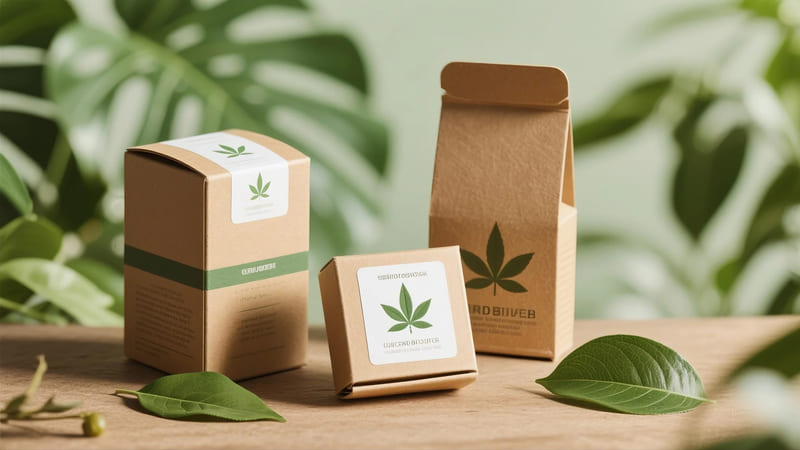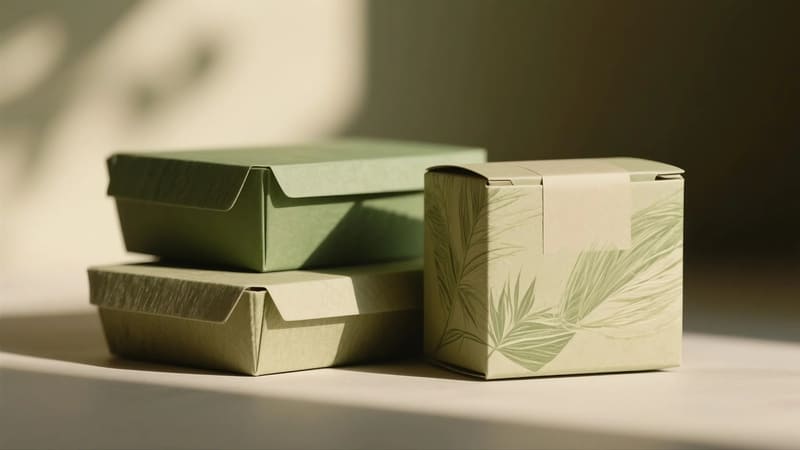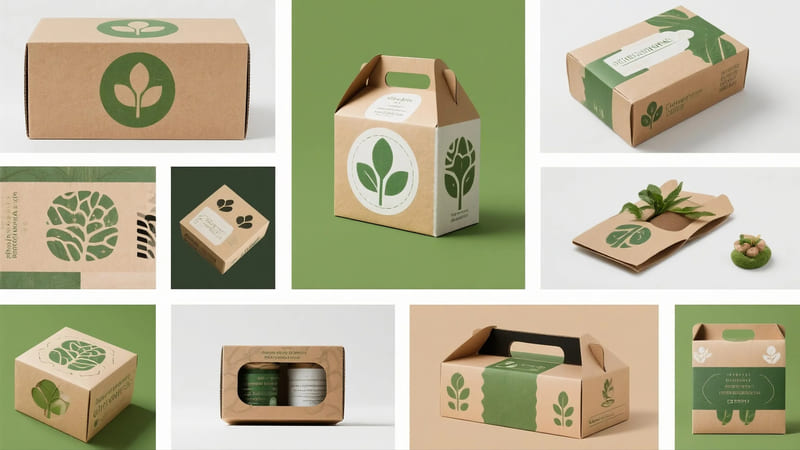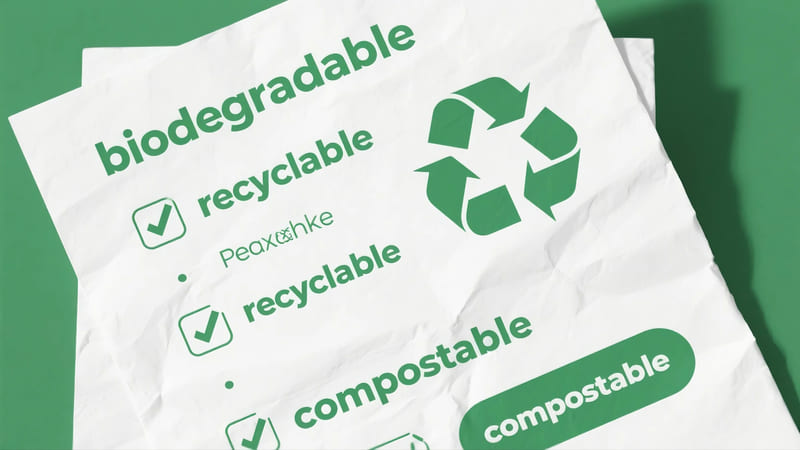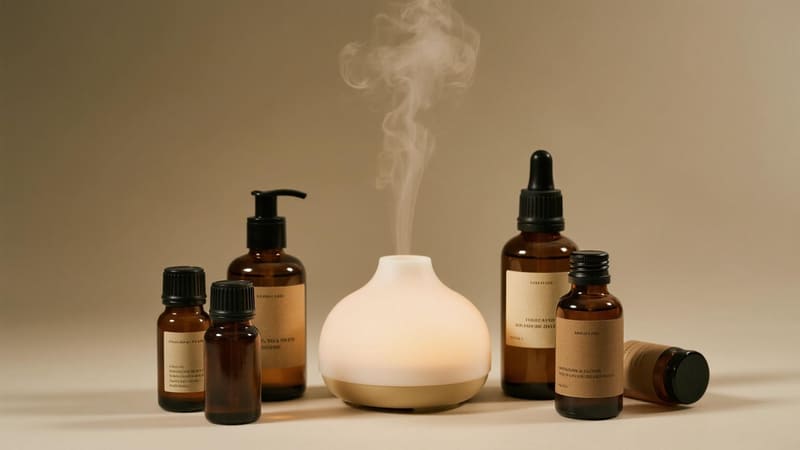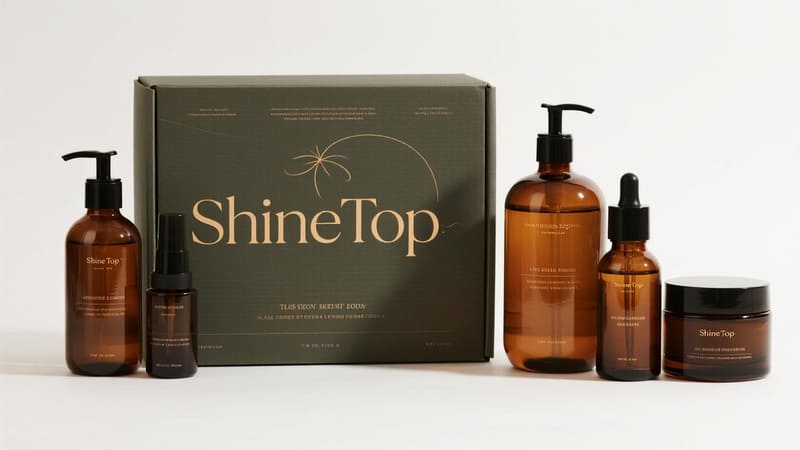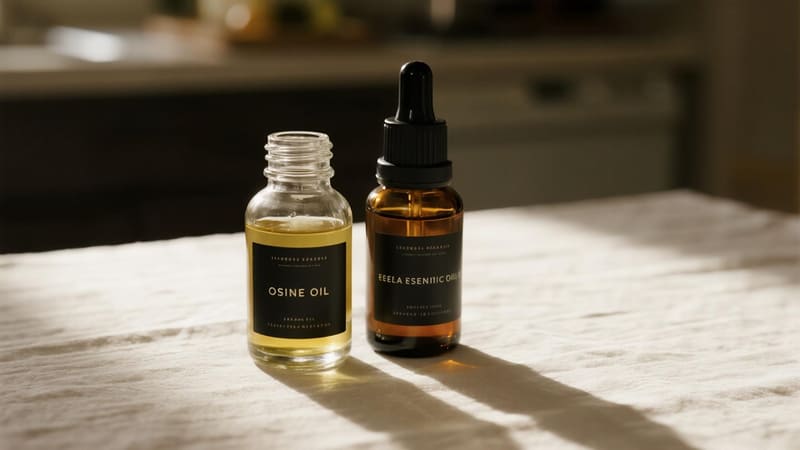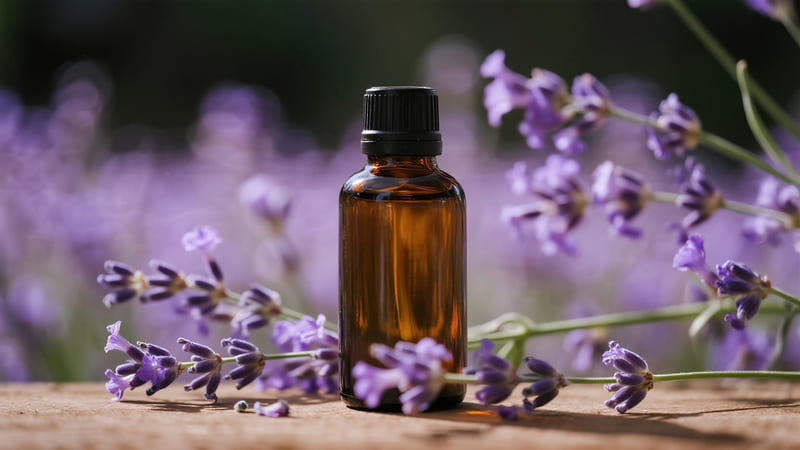The CBD market is booming, and with it, a growing consciousness about the environmental impact of its packaging. Consumers are increasingly seeking brands that align with their values, making eco-friendly options not just a trend, but a necessity.
Yes, there are numerous eco-friendly options for CBD packaging, including materials like recycled content paperboard, glass, hemp-based plastics/papers, bamboo, cork, and compostable/biodegradable plastics. Designs often focus on minimalism, recyclability, and refillable systems.
As the CBD industry matures, the demand for sustainable packaging solutions is intensifying. At ShineTop, while our primary focus is cosmetics, we share the same commitment to exploring and providing greener packaging alternatives, many of which are directly applicable to the CBD market. Let’s delve into the eco-friendly choices available.
What Packaging is the Most Environmentally Friendly?
Determining the "most" environmentally friendly packaging is complex, as it involves assessing the entire lifecycle of the material – from raw material extraction to manufacturing, transport, use, and end-of-life. There’s no single perfect answer.
The most environmentally friendly packaging often prioritizes a circular economy: refillable/reusable systems are top-tier, followed by materials with high recycled content that are also easily recyclable (e.g., recycled glass, aluminum, PCR plastics, FSC-certified paper). Minimizing material usage (lightweighting) and choosing compostable options (where appropriate infrastructure exists) are also key strategies.
"Environmentally friendly" is a broad term. True sustainability considers multiple factors:
Key Aspects of Environmentally Friendly Packaging:
-
Reduce (Source Reduction):
- Using less material overall (lightweighting).
- Minimalist designs that avoid unnecessary layers or components.
- Concentrated products requiring smaller packaging.
-
Reuse & Refill:
- Durable primary containers designed to be refilled multiple times. Refills can come in simpler, lower-impact packaging (e.g., pouches, simple glass vials).
- This is often considered one of the most impactful approaches as it significantly reduces the demand for new packaging.
-
Recycled Content:
- Using materials made from post-consumer recycled (PCR) or post-industrial recycled (PIR) content. This reduces reliance on virgin resources and supports the recycling industry.
- Examples: PCR PET plastic bottles, recycled glass, recycled paperboard.
-
Recyclability (Design for Recycling):
- Choosing materials that are widely accepted in existing recycling streams (e.g., clear PET #1, HDPE #2, glass, aluminum, paper).
- Designing packaging with mono-materials (single material type) for easier sorting and processing.
- Avoiding problematic elements like certain adhesives, mixed-material components that are hard to separate, or dark/black plastics that can be missed by sorting sensors.
-
Renewable Resources:
- Using materials derived from sustainably managed renewable resources.
- Examples: FSC-certified paper/paperboard, bamboo, cork, some bio-based plastics (though their end-of-life needs careful consideration).
-
Compostable/Biodegradable (with caveats):
- Materials designed to break down into natural elements under specific composting conditions (industrial or home).
- Important: "Biodegradable" alone can be misleading. Certification (e.g., BPI for industrial compostability) is crucial. Requires access to appropriate composting facilities, which are not universally available. Not suitable for all product types.
For CBD packaging, this means looking at options like glass dropper bottles (highly recyclable), paperboard boxes from recycled content, or exploring innovative materials like hemp-based plastics.
Is Hemp Packaging Sustainable?
Given that CBD is derived from hemp, it’s natural to wonder if hemp itself can be used to create sustainable packaging for these products. The answer is increasingly yes.
Yes, hemp packaging can be a sustainable option. Hemp is a fast-growing, renewable resource that requires less water and pesticides than many other crops. It can be used to make various packaging materials, including paper, bioplastics, and fiberboard, which are often biodegradable or recyclable, contributing to a lower environmental footprint compared to some conventional materials.
Hemp is emerging as a promising sustainable alternative in the packaging world, offering several environmental benefits.
Advantages of Hemp for Packaging:
-
Renewable & Fast-Growing:
- Hemp can be harvested multiple times a year and grows quickly, making it a rapidly renewable resource.
-
Low Environmental Impact Cultivation:
- Requires significantly less water than cotton or trees used for paper.
- Naturally pest-resistant, reducing the need for pesticides and herbicides.
- Can improve soil health (phytoremediation).
-
Versatile Material Source:
- Hemp Paper/Paperboard: Can be made from hemp pulp. It’s strong, durable, and can be recycled. Requires fewer chemicals in the pulping process compared to wood pulp.
- Hemp Bioplastics (Hemp PLA): Hemp fibers can be combined with bio-resins (like PLA derived from cornstarch) or other polymers to create bioplastics. These can be biodegradable or compostable under the right conditions.
- Hempcrete/Fiberboard: Can be used for more rigid or protective packaging components, though less common for primary CBD packaging.
-
Biodegradability/Compostability:
- Many hemp-based packaging materials, especially those made purely from hemp fibers or combined with other compostable biopolymers, can be designed to be biodegradable or compostable.
-
Durability:
- Hemp fibers are known for their strength, leading to durable packaging.
Considerations for Hemp Packaging:
- Cost: Currently, hemp packaging can sometimes be more expensive than conventional options due to smaller scale of production and processing infrastructure, though this is changing.
- Availability: While growing, the supply chain for hemp packaging materials is still developing compared to traditional paper or plastics.
- End-of-Life: As with all "eco-friendly" materials, proper end-of-life management is key. Compostable hemp plastics need access to composting facilities. Recyclable hemp paper needs to enter the paper recycling stream.
Using hemp packaging for CBD products creates a strong "full-circle" story that can resonate well with eco-conscious consumers. At ShineTop, we are always exploring innovative materials, and the potential of hemp-based solutions is definitely on our radar for future sustainable offerings.
What are the Eco-Friendly Packaging Ideas?
Beyond specific materials, "eco-friendly packaging" also encompasses innovative design approaches and systems that aim to minimize environmental impact.
Eco-friendly packaging ideas include minimalist designs (using less material), refillable systems, packaging made from plantable seed paper, multi-functional packaging (designed for a second use), mushroom packaging (mycelium), seaweed-based packaging, and choosing materials with high recycled content that are also easily recyclable.
Thinking outside the traditional box (sometimes literally!) can lead to truly innovative and sustainable packaging solutions.
Creative Eco-Friendly Packaging Concepts:
-
Minimalist Design:
- "Less is more." Reducing the amount of packaging used, eliminating unnecessary layers, and using simple, clean graphics.
- Focus on essential protection and information.
-
Refillable Systems:
- Design a durable, attractive primary container that customers keep and purchase refills for (e.g., CBD oil refills in small glass vials or pouches to refill a main dropper bottle).
-
Plantable Seed Paper:
- Labels or even small boxes made from paper embedded with seeds. After use, the packaging can be planted to grow flowers, herbs, or vegetables.
- Particularly appealing for natural and wellness brands like CBD.
-
Multi-Functional / Reusable Packaging:
- Designing the packaging so it can have a second life after the product is used (e.g., a beautiful rigid box that can be used for storage, a tin that can be repurposed).
-
Mushroom Packaging (Mycelium):
- Made from agricultural waste (like hemp hurd or corn husks) bound together by mycelium (mushroom roots). It’s fully home compostable and can be molded into custom shapes for protective inserts or containers.
-
Seaweed-Based Packaging:
- An emerging area using alginate (derived from seaweed) to create biodegradable films, pouches, or even edible packaging for certain applications.
-
Cork:
- A natural, renewable, and biodegradable material. Can be used for lids, stoppers, or even entire containers for a unique, earthy aesthetic.
-
Bamboo:
- Fast-growing, renewable, and strong. Can be used for jars, lids, or outer casings.
-
Glassine (Paper):
- A smooth, glossy, translucent paper that is biodegradable and recyclable. Good for inner wraps or small pouches for dry CBD products like pre-rolls (if legal) or tea.
-
Focus on Digital Information:
- Using QR codes on smaller packages to link to more extensive product information, lab reports (CoAs for CBD), and usage guides online, reducing the need for large printed inserts.
When considering these ideas for CBD packaging, it’s important to ensure they still meet regulatory requirements for labeling and child resistance if applicable.
How Do I Choose Eco-Friendly Packaging?
Navigating the world of eco-friendly packaging can be confusing, with many claims and options. A thoughtful approach is needed to make genuinely sustainable choices.
To choose eco-friendly packaging: 1. Define your sustainability goals (e.g., reduce waste, use recycled content, ensure recyclability). 2. Research materials based on their lifecycle assessment (LCA). 3. Prioritize options high on the waste hierarchy (reduce, reuse, recycle). 4. Consider your product’s specific needs (protection, compatibility). 5. Verify supplier claims and look for certifications (e.g., FSC, PCR content). 6. Communicate end-of-life instructions clearly to consumers.
Making an informed choice requires research and a clear understanding of your brand’s values and your product’s requirements.
Steps to Selecting Eco-Friendly Packaging:
-
Prioritize the Waste Hierarchy:
- Reduce: Can you use less packaging? Is minimalist design an option?
- Reuse/Refill: Is a refillable system feasible for your product and business model? This often has the highest positive impact.
- Recycle: If single-use is necessary, choose materials with high recycled content that are also widely and easily recyclable in your target markets.
-
Understand Material Lifecycles:
- Consider the environmental impact from raw material sourcing, manufacturing, transportation, and end-of-life. A full Life Cycle Assessment (LCA) is complex, but understanding basic impacts helps.
- For example, glass is highly recyclable but heavy to transport. Plastic is lightweight but derived from fossil fuels (unless bio-based or PCR).
-
Product Compatibility & Protection:
- The eco-friendly option must still adequately protect your CBD product (e.g., from light, air, moisture if it’s an oil or delicate edible) and be compatible with the formulation. Spoiled product due to poor packaging is not sustainable.
-
Verify Claims & Certifications:
- Look for third-party certifications:
- FSC (Forest Stewardship Council): For responsibly sourced paper/paperboard.
- PCR Content Claims: Ask suppliers for documentation.
- Compostability Certifications (e.g., BPI, TÜV Austria OK compost HOME/INDUSTRIAL): Ensure the material meets recognized standards.
- Be wary of vague terms like "eco-friendly" or "biodegradable" without specific backing.
- Look for third-party certifications:
-
Consider Your Target Market’s Recycling Infrastructure:
- Choosing a "recyclable" material is only effective if your customers have access to facilities that can actually recycle it. Research this for your key sales regions.
-
Communicate Clearly to Consumers:
- Use clear on-pack labeling (e.g., How2Recycle labels) to instruct consumers on how to properly dispose of or recycle the packaging.
-
Work with Knowledgeable Suppliers:
- Choose packaging suppliers (like ShineTop) who are transparent about their materials, offer genuine sustainable options, and can provide guidance. Ask them tough questions!
Anna, the cosmetics manufacturer in Thailand, is very diligent about this. For her CBD-infused balms (a hypothetical expansion for her), she’d likely opt for glass jars with aluminum lids (both highly recyclable) and a simple recycled paperboard box printed with soy inks. She would also clearly label how to recycle each component.
Conclusion
Eco-friendly options for CBD packaging are increasingly available and vital for brands looking to resonate with conscious consumers. From leveraging sustainable materials like hemp and recycled content to embracing innovative designs like refillable systems and plantable paper, the key is to make informed choices that prioritize the waste hierarchy, ensure product integrity, and clearly communicate sustainability efforts to your customers.

